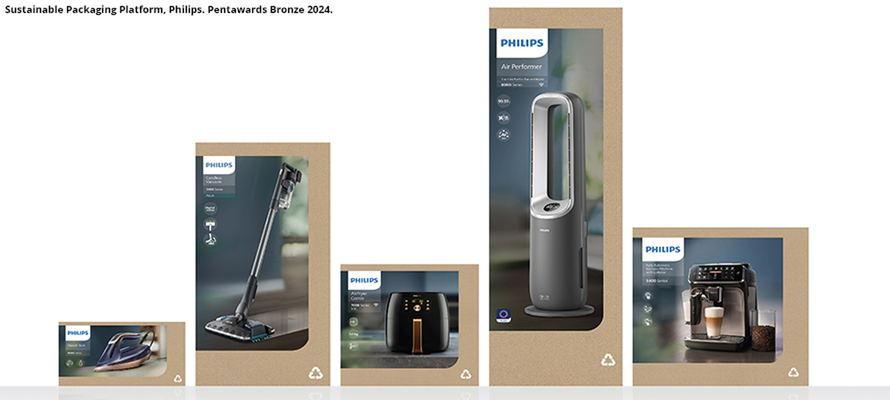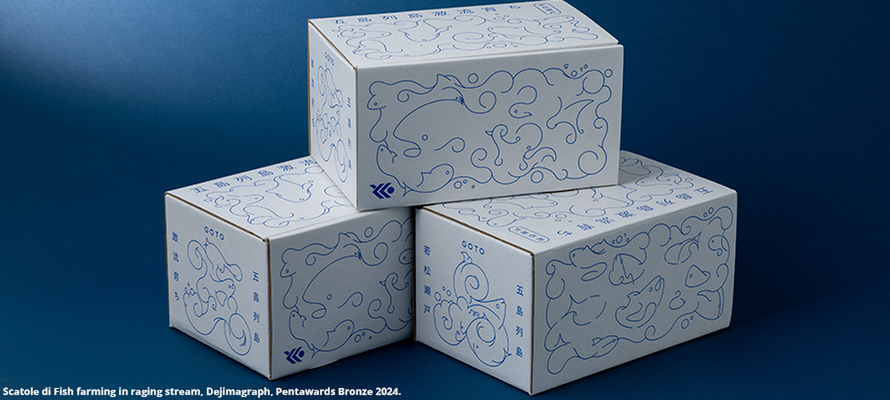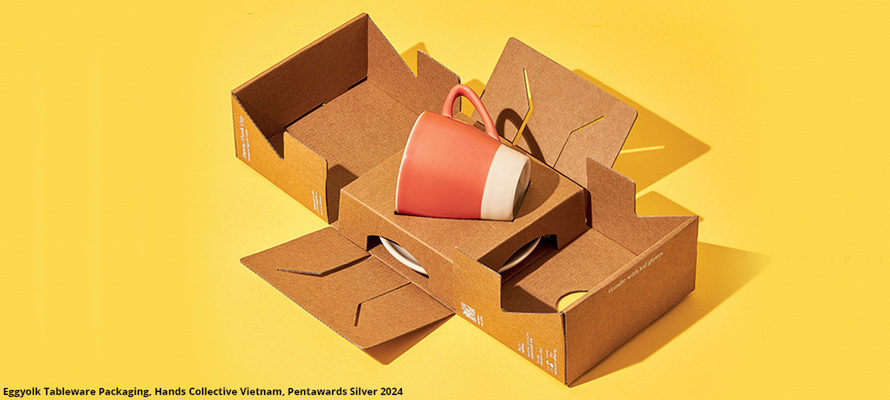Sustainability and circularity in corrugated cardboard
Corrugated cardboard continues to stand as a pillar of the packaging industry: a material that excels in adaptability, strength, and increasingly, in its ecological qualities. The latest survey by Converting Magazine explored in depth the perception and commitment to sustainability and circularity of corrugated cardboard among the industry’s key players, with particular emphasis on the responses of printers.
A mosaic of voices: participants and environmental awareness
The survey involved a diverse range of professionals, including brands and communication agencies, technology providers, material suppliers, and of course, printers. Results outline a strong awareness of corrugated's environmental credentials as a packaging material. A majority of respondents declared themselves “fairly well informed” (over 50%) about its intrinsic properties, indicating a solid knowledge base on which to build further sustainability-oriented initiatives.
Sustainability as a key value
When asked about the main advantages of corrugated board compared to other packaging materials, a significant percentage of respondents (76%) highlighted recyclability and sustainability. This confirms the growing weight of environmental considerations in packaging decisions. While acknowledging other factors such as lightness and cost-effectiveness, sustainability clearly emerges as the driving element.
Printers as sustainability champions
Printers play a crucial role in promoting the sustainability of corrugated cardboard. Their choices regarding inks, printing processes, and finishes can significantly impact the overall environmental footprint of packaging. The survey shows that many printers consider it “very important” to work with suppliers that share a strong commitment to sustainable paper and cardboard production. This reflects a proactive drive to partner with stakeholders who share the same environmental values.
Certifications and future goals
Environmental certifications for corrugated are widely recognized among respondents. Most printers are familiar with standards such as ISO 14001 and PEFC/FSC, which certify responsible forest management and reduced environmental impact in production. At the same time, an increasing number of companies, including printers, are adopting specific sustainability goals for their packaging. These include reducing the use of virgin materials, increasing recycled content, and minimizing waste—outlining a concrete strategy for a more sustainable future.
Recycling and waste management
The use of recycled materials in corrugated production is a cornerstone of its circularity. Survey data reveal a substantial share of recycled input, helping to reduce pressure on natural resources and promote a more virtuous material lifecycle. At the same time, production waste management is a key indicator of sustainability efforts: most respondents stated they handle waste through energy recovery or recycling, minimizing its environmental impact.
Energy efficiency and technological innovation
Energy efficiency in corrugated cardboard production is another sustainability pillar. The survey highlights that over 80% of respondents consider energy efficiency “very important.” To achieve this, companies employ advanced technologies such as heat recovery systems, LED lighting, and automated process control. Constant monitoring of production parameters such as temperature and humidity proves essential for optimizing processes and reducing energy consumption.
Training and technical support
Staff training and technical support for customers play a crucial role in encouraging sustainable practices in corrugated cardboard use. Many companies provide dedicated training programs for clients, illustrating correct and sustainable use of their products and technologies. They also offer specialized technical support to improve energy efficiency in corrugated production processes.
Research and development: exploring new horizons
Investment in R&D for innovative materials designed to enhance the strength and sustainability of corrugated cardboard reflects the industry’s commitment to innovation. Research focuses on creating lighter, stronger, and more easily recyclable materials, as well as on developing more efficient production processes with lower environmental impact. Interestingly, however, 36% of respondents reported limited investment in R&D—a surprising figure given the central role of innovation in the survey’s themes.
Collaboration and regulatory updates
Synergistic collaboration with printers and constant updates on environmental regulations are essential for ensuring compliance and promoting best practices across the sector. Companies work actively with printers to develop sustainable packaging solutions and ensure their products fully meet environmental requirements. At the same time, they remain constantly updated on environmental regulations governing the production and disposal of corrugated board, taking all necessary measures to minimize impact.
Conclusion
The survey results outline a clear trajectory: a strong commitment to sustainability and circularity in corrugated cardboard from all players in the supply chain, with printers emerging as active leaders of this transformation. Environmental awareness, adoption of advanced technologies, collaboration, and strict regulatory compliance represent the cornerstones on which to build a more sustainable future for the packaging sector. With its intrinsic recyclability and sustainability, corrugated confirms itself as a strategic choice for companies aiming to reduce their environmental footprint and meet the ever-rising expectations of consumers.






